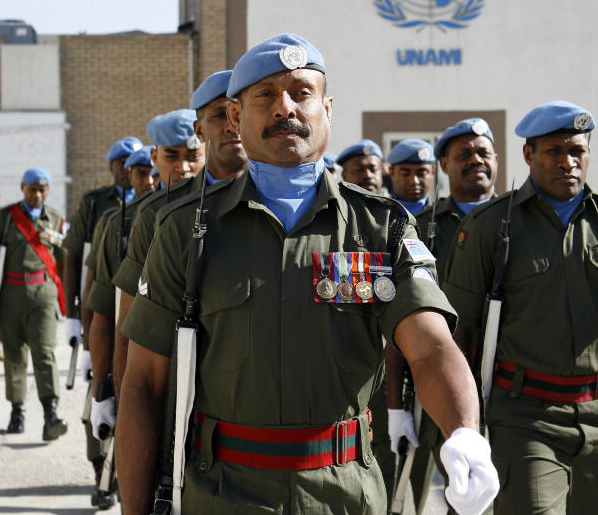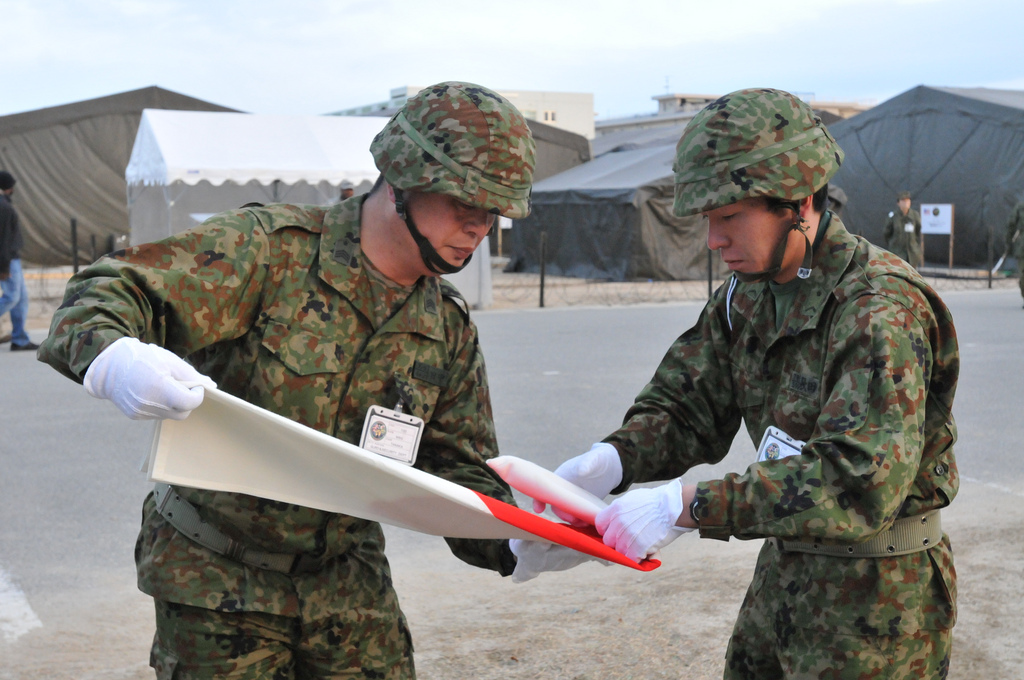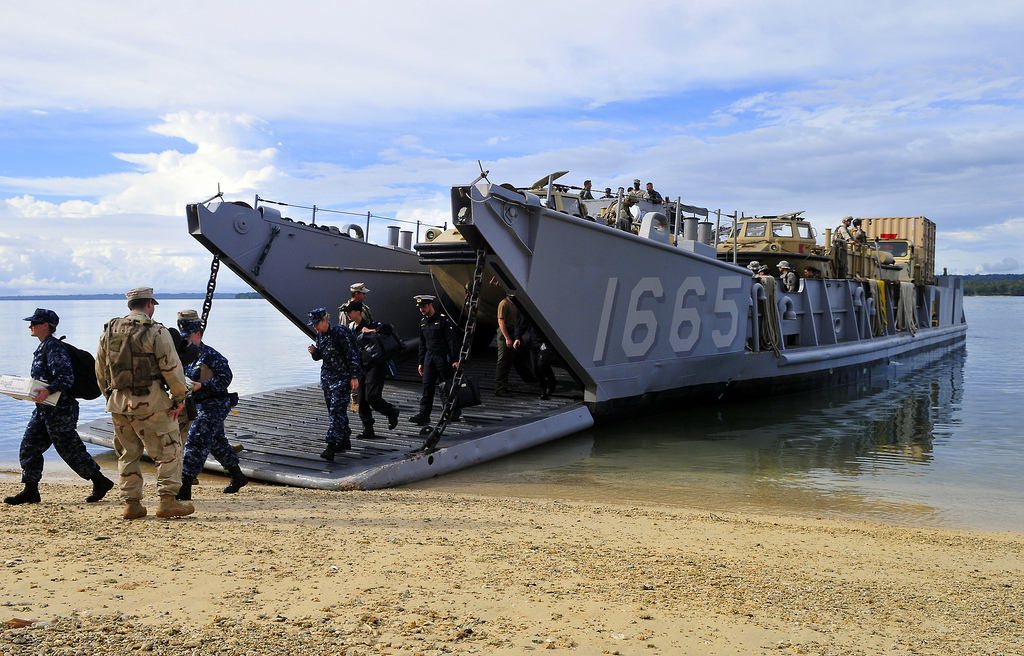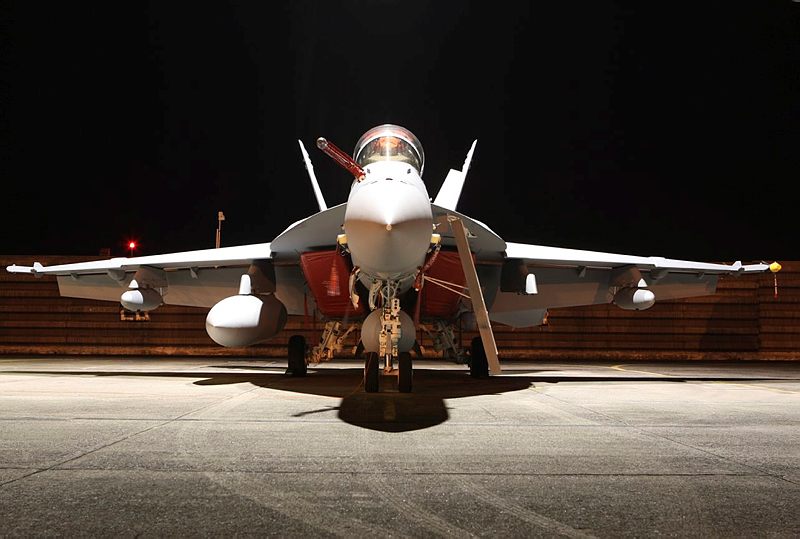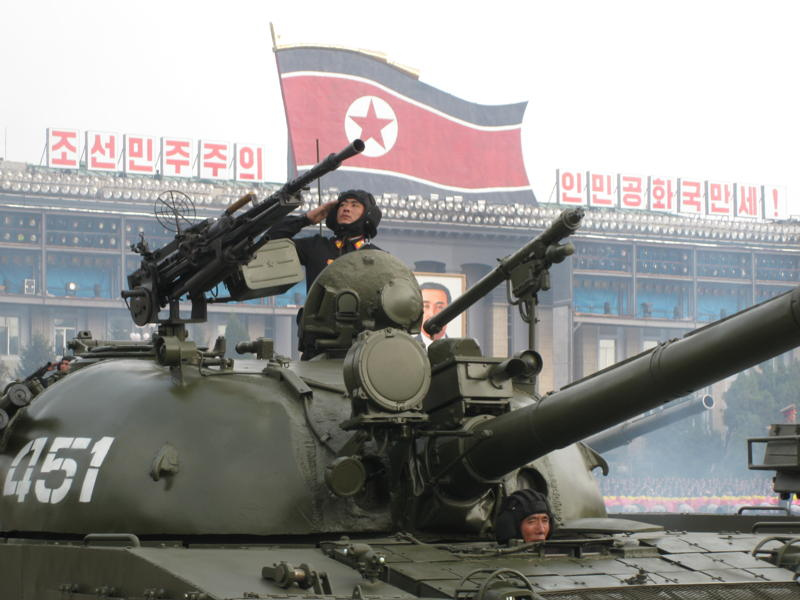The unintended consequences of Fiji’s UN peacekeeping operations
Great socio-economic promise was envisaged for newly-independent Fiji in the 1970s but due to a series of military coups in 1987, 2000 and 2006, this promise has remained unfulfilled. While many scholars explain the coups with reference to ethnic politics, I’d argue that the politicisation of the Fijian military is partly due to the fact that it has developed a self-image as a mediator of political tensions and executor of coups d’état. Unlike the Indonesian military, the Fijian military’s raison d’être wasn’t determined by internal security threats; in fact, it was historically apolitical. And the development of this self-image appears to be an unintended consequence of the Fijian military’s involvement in United Nations (UN) peacekeeping operations.
Much of this development has its roots in the Fijian military’s first deployment on a UN peacekeeping operation as part of the United Nations Interim Forces in Lebanon (UNIFIL) in 1978. Participation in UN peacekeeping operations had obvious benefits to the fledgling Fijian nation, including being seen as a good international citizen, the generation of foreign exchange and improved youth employment.
However, rather than staying in Lebanon for a year or so as originally intended, the soldiers served for more than two decades, withdrawing only in 2002. Moreover, the confidence the Fijian military gained from serving with larger nations’ militaries in UN peacekeeping missions has given it an inflated corporate self-image. Participation in UN peacekeeping missions also necessitated that the military increase in size beyond what would be required to defend Fiji. By making peacekeeping the centerpiece of foreign policy, Fijian governments have unwittingly enhanced the military’s capability to intervene in domestic politics. Read more

